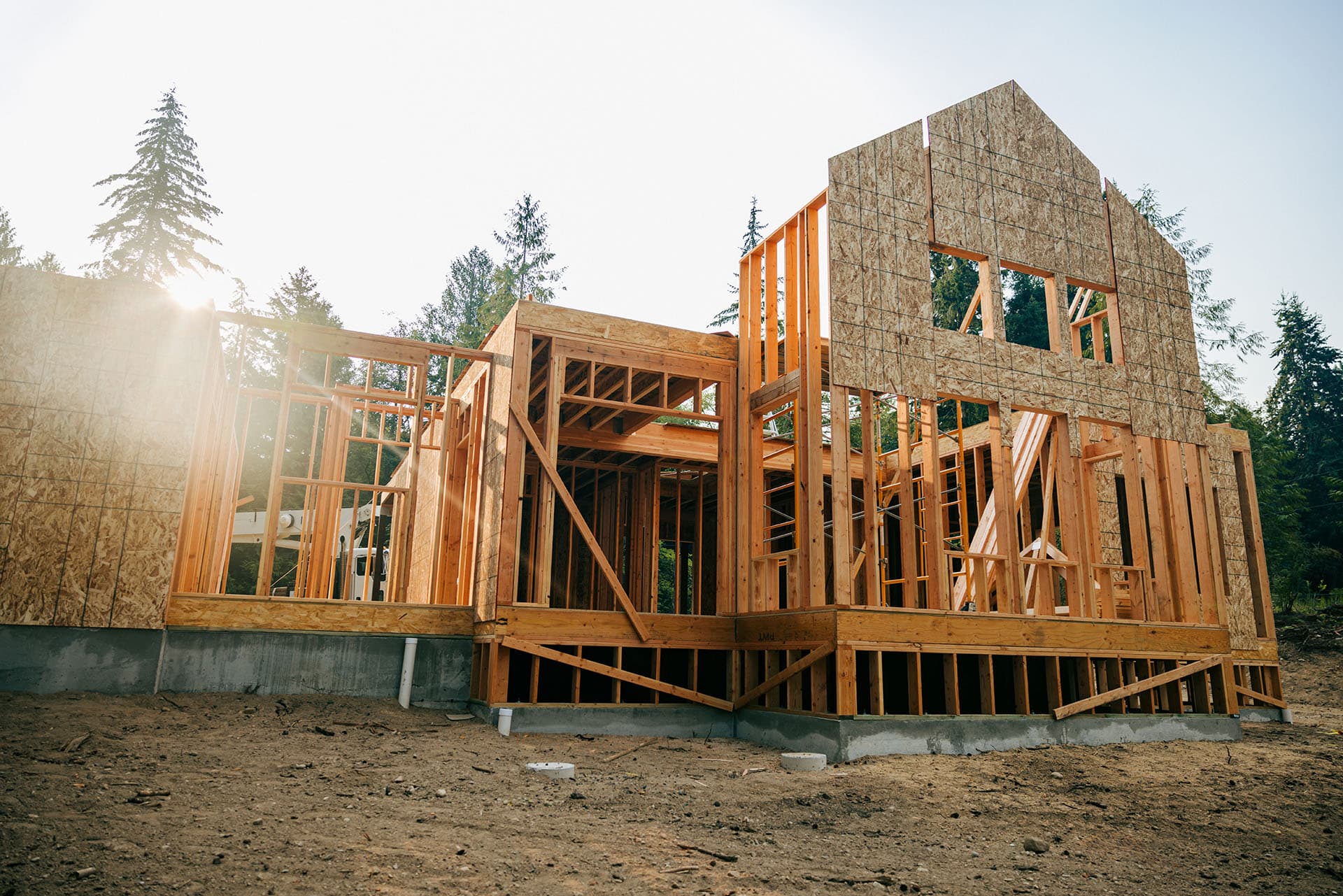In this article, we discuss the first 3 steps you need to follow when leverage a pro forma analysis.
Consider the following situation
Rising land values and construction costs in the real estate market over the past several years are raising risks for developers, lenders and equity investors. This precarious situation requires a new approach for understanding and managing development risk – an approach with pro formas as the focus.
Often seen as a routine necessity, in light of today’s volatile market and economic conditions, pro formas can be an invaluable tool for managing and potentially improving the profitability of a development project. There are now so many frequently changing variables influencing both revenues and development costs that profits can evaporate without a developer even being aware this is happening.
Consider this example
A developer is updating a pro forma during the transition between pre-construction and construction – a pro forma that was prepared six months previously. The market has softened a bit, so revenues need to be reduced by 5.00%. Tariffs have pushed up construction costs by 7.00%. Interest rates are up 25 basis points. The municipality increased fees by $6.00. The lender requires a profit margin increase of 1.00%. While individually these appear to be only minor changes, the cumulative effect could be a 50% drop in profits. A drop that could jeopardize the viability of the project.
Developers need to devise strategies to take control of market changes, so as to manage them effectively. Rather than allowing the market to escalate development risk, it is possible to leverage pro formas as a dynamic tool to clearly understand and manage risks.
There are a few ways to do this…
1. Begin with a detailed, accurate pro forma analysis at the earliest stage of due diligence and feasibility
Development pro formas are used for forecasting future financial returns of a project, creating a budget and determining capital requirements. While a pro forma offers no guarantee of a project’s success, when one is well constructed with specialized software, and is based on industry standard valuation methodology, it demonstrates that a company has completed reliable due diligence using accurate assumptions.
The main components of a pro forma typically include project timelines, hard and soft costs, absorption rates, revenue projections, structured financing, and desired return parameters. Having precise inputs in revenues and costs is critical.
Pro formas must be based upon objective and reliable information in order to create an accurate projection of a project’s financial requirements and anticipated profits. Precise revenue projection in a rapidly changing market such as Vancouver can be challenging, so well researched market data is vital.
2. Update and improve the pro forma regularly throughout the project timeline
In today’s uncertain economic environment, pro formas cannot be static, reflecting only a single point in time. They must be dynamic, especially during the early stages of a development – through ongoing due diligence and design – as a project gains shape and traction. In this key period, as more information becomes available, updating and refining the assumptions in the pro forma helps developers forecast and observe shifts in project risk and profitability.
Pro formas, throughout the complete timeline of a project, should be revised on a regular basis – at least quarterly, and preferably monthly – to assess ongoing project performance and risks. This type of risk assessment analysis is informative not only for the developer, but also for lenders and investors.
Lenders, joint venture partners and equity investors are risk averse; they want to be confident a project will generate enough cash flow to cover debt and profit participation obligations. There’s a trend to even greater oversight of investments in volatile markets.
They may have loaned funds months ago and want to see how pro forma benchmarks have changed in that time, so developers should always be prepared for requests for updated pro forma analysis.
3. Develop contingency strategies
Given the ever-changing nature of the real estate market, rather than reacting to shifting factors after the fact, developers should consider creating strategies – before they are needed – related to any potential market changes which could result in falling profits.
Using the pro forma to test a variety of “what if” scenarios can be particularly helpful. It’s possible to test the impact of cost increases overall by, for example, raising cost per square foot, or by examining individual hard or soft costs, or land value.
For mixed use developments that may include a variety of market strata condominiums, retail, office, multi-family rental, non-market housing and amenity areas, pro formas are far more complex and dynamic because different stakeholders provide different revenue streams. In these cases, cost allocation is very important, as is clearly understanding the costs involved.
Be sure to have an objective review of the development agreement and establish mechanisms for clearly allocating costs among the various components of the project.
It’s helpful to remember that pro formas are educated assessments of future performance. To ensure accuracy, projections need to be continually updated and refined. Even slight changes, when they happen to several variables – higher construction costs, time delays, revenue deferrals – can dramatically affect a project’s bottom line. So, protect your profits, and possibly your future reputation as a developer, by putting those pro formas to work for you.
Author

Koover Vohra
Senior director
Author

Koover Vohra
Senior director
Resources
Latest insights





Jul 22, 2025
EP4 - Modular, faster, smarter: How SAMI is redefining residential construction

